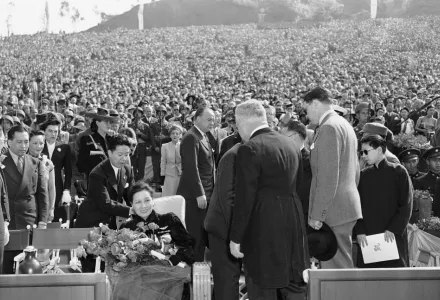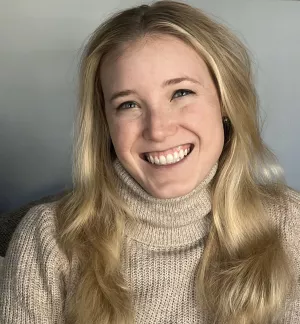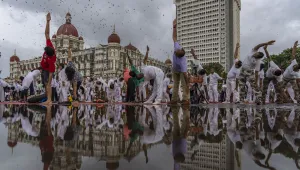Speaker: Madelyn Lugli, Ernest May Fellow in History & Policy, International Security Program
From the close of the First World War through the midst of the Second, Americans routinely gathered in concert halls, sports arenas, and auditoriums to hear a variety of emissaries from abroad speak on foreign affairs.
This seminar explores this phenomenon, first considering the history of the American lecture circuit and its workings, and its interwar focus on foreign affairs. The talk then asks why an average American would want to attend a lecture on foreign affairs, and why speakers from abroad in particular felt it was so essential to speak directly to Americans on these matters.
Admittance is on a first come–first served basis. Tea and Coffee Provided.






